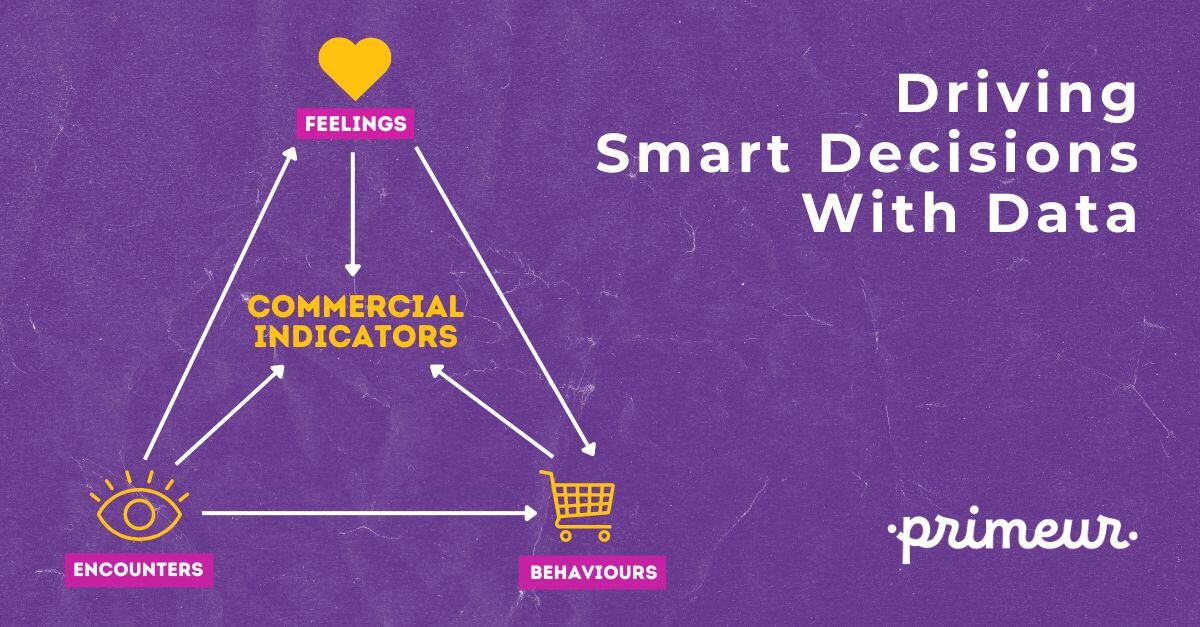
In today's data-driven world, organizations generate information at an unprecedented rate. From customer interactions to sensor readings, data permeates every aspect of our operations. But what happens when this data lives in isolated silos, inaccessible and unconnected? This is where the importance of a well-defined data integration strategy shines.
3 main key factors when choosing the right strategy
Over the past two decades, we've seen the emergence of a wide range of technologies designed to address the ever-evolving requirements of data integration. With the availability of this multitude of tools, the key point is to understand how to implement the most suitable data integration strategy.
There are many points, based on companies’ specific needs, to consider, such as:
- The complexity of the IT system:
It’s important to consider the volume and the heterogeneity of data that a company is dealing with. A tool that can handle large volumes of data, multiple data types and connect to various systems, is crucial. - Data domain complexity of applications to be integrated and which interfaces are available. It’s important to consider a tool that enables handling the specific data formats, structures, and sources that are involved in the integration projects.
- Costs of the implementation and maintenance and possibility of extending to new integration technologies in order to adapt to future changes, and delivers long-term value.
The need of decoupling application to face data integration challenges
Of course, there are several methodologies and frameworks that can help us with data integration implementation. One of the strategies that can be considered is based on decoupling applications.
Let’s imagine buying home furnishings with all the pieces coming together in a single block, Adding new pieces? Nearly impossible. Making changes? Forget it! That's exactly what happens when applications and data are tightly coupled in data integration.
To embrace the freedom of decoupling there are three fundamental steps to consider:
- Applications expose their own data domain with native interfaces, independently from the type of the application that will be integrated.
- Applications import data with native interfaces, independently from the type of application that exposes the data.
- All data sharing between applications, data transformation and data enrichment processes are managed in a centralized way.
What are the Benefits of this strategy?
The main benefit of the full decoupling of the applications is that there is not direct connections between the applications and it is not required the development of an integration for every application, users will use the native interfaces.
The data is shared in a centralized way: this allows the full control on the integrations of the applications of the IT system and to share the data transformation between applications.
Users can adopt different technologies for implementing this strategy: some of them can go for a real-time approach, others near real-time or both. A real-time approach forces applications to be both available and running at the same time. Obviously in some scenarios, this is the only applicable mode. A Near Real Time approach, on the other hand, allows to manage integrations in asynchronous mode, thus allowing to easily manage the unavailability of one of the two applications. Decoupling is a journey, not a destination. But each step helps building a more flexible, adaptable, and future-proof data integration system.
In conclusion, a strategy based on the decoupling between the applications and a Near Real Time approach offer major benefits in term of simplification of the integration pattern, clear ownership of the integrations, flexibility in the extension of the new needs of data integration, reuse of the interfaces for data sharing, full control of the integration flows.
Going back to the home furnishing example… decoupling applications allows to easily add, remove, or modify pieces without breaking the whole structure. That's the flexibility and power of decoupling!






